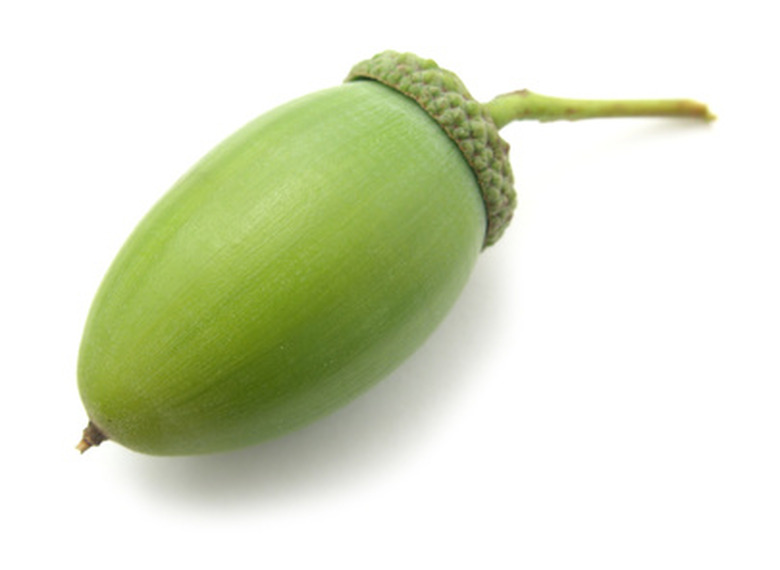How To Identify Plant Seed Pods
Things Needed
- Regional plant or tree identification guidebook
- Sketchbook
- Pencils
- Camera
Plant seed pods come in many forms and the whole structure of the seeds and the protective structure surrounding them are known as the fruit. In general, seed types are categorized by features of the fruits' shape, arrangement and color. As you learn to identify seed pods and familiarize yourself with the types, common species in your area will become known to you, but it always helps to have a reference from which to compare your specimens.
Step 1
Select your regional guidebook. Before purchasing or even borrowing such a book, flip through and make sure that it is detailed enough to show what the seed pods for each plant or tree look like. The Sibley Guide to Trees, by David Allen Sibley, is a great example.
Step 2
Observe closely the seed pod of interest, and take a picture of it if you have a camera with you, or if you prefer, sketch it in your field notebook. This will allow you to refer to it again while back at home if you need to compare it to other sources or get the opinion of an expert such as an ecologist or arborist.
- Plant seed pods come in many forms and the whole structure of the seeds and the protective structure surrounding them are known as the fruit.
- This will allow you to refer to it again while back at home if you need to compare it to other sources or get the opinion of an expert such as an ecologist or arborist.
Step 3
Note the pod's shape. Pods that hold seeds are either gymnosperm or angiosperm. Gymnosperms are "naked seeds" such as pine cones, fir cones or the cones of junipers, which look like small berries. Angiosperms have encased ovaries that produce the seeds, such as apple trees, pear trees, legumes such as sugar snap peas, berries or winged fruit such as maple seed pods that twirl in the wind.
Step 4
Note the pod's color. You can use a camera or sketch; if you don't carry colored pencils with you, then label the colors you observe next to your sketch.
Step 5
Note what other plants or trees are around the area that you have found the seed pod, as this could give you an extra clue as to its origin. However, seed pods can travel by wind, animal or water, so this may not always be helpful to your identification. Double check your seed pod specimen with more than one source to be certain, and plant it if you want to be absolutely sure of what it is. What grows from the seeds will give you a definitive answer.
- Pods that hold seeds are either gymnosperm or angiosperm.
- However, seed pods can travel by wind, animal or water, so this may not always be helpful to your identification.
References
- The Sibley Guide to Trees, David Allen Sibley, 2009
